Having previously helped Mercedes engines become a dominant force in the turbo hybrid engine era, Aston Martin team principal Andy Cowell knows a thing or two about the mindset needed to win in Formula 1.
With his spell as engineering director at Mercedes’ engine division from 2008 to 2020 having powered multiple championships, Cowell sees success requiring seemingly contradictory approaches from the same organisation.
On the one hand is the need to be a bit wild and think up left-field ideas (just like Mercedes did in splitting its turbo for the current rules formula) to help put you one step ahead of everyone else.
Pushing back against that, though, is a requirement for total engineering discipline and a robustness in ensuring that what is delivered on track is fit for purpose.
Speaking to The Race about how he is trying to harness these two forces at Aston Martin, Cowell said: “I love chaos and innovation in the first stage.
“That is where you want the wildest thinking individuals wearing Hawaiian shirts with a big sand pit in the corner, dreaming wildly about what could be done.
“But then, to prove it out, it's about logical thinking based on past experience. It’s based on equipment that's available to prove it out, and setting the limits for a pass and a fail that are all clear and numerical. Then it is just executing that plan in a robotic way.
“So it's almost a personality switch; the chaotic creative to the thorough and disciplined, and it's trying to dial us into that type of thinking.”
Working quicker without taking shortcuts
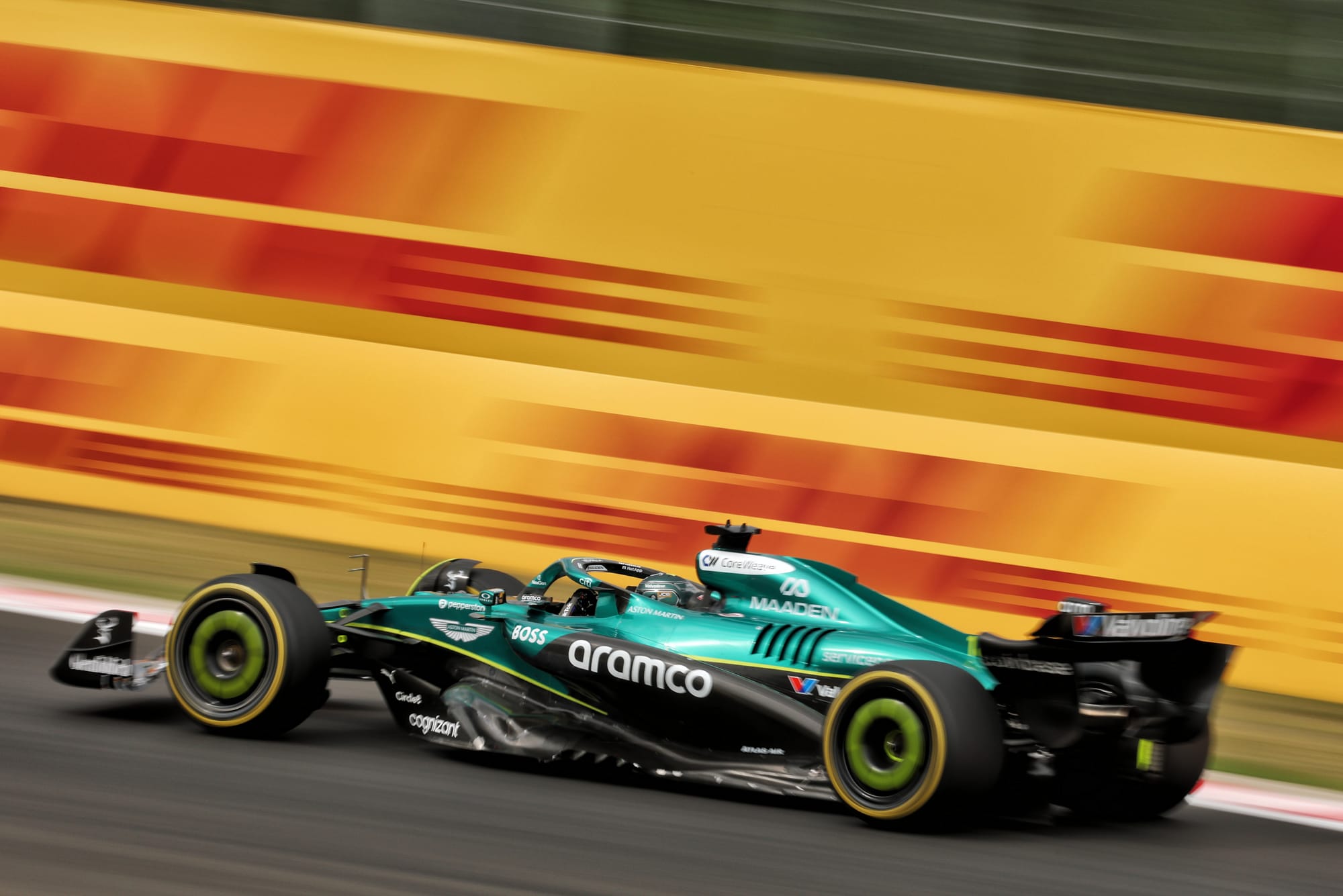
It is not just in harnessing chaos in a structured way that is an example of seemingly contradictory approaches that Cowell wants embraced at Aston Martin.
There is also a case of the need to be more thorough with everything it does, while also taking less time.
“We've picked up on things that have made this year's car quicker by tightening up on some design and assembly aspects that were changed last year in order to make the process quicker,” he explained.
“In order to do updates quicker, people simplified the design and the sign off, but that cost performance.
“I think I've been quoted as saying 'I don't want people to cut corners', and that's the key thing. I want us to do things more thoroughly than we've ever done before, quicker than we've ever done before.
“Some people say that's not possible. Well, yes, it is.
“We have to plan minute by minute. We all have to accept that we need sleep, but there's enough people here that we can do it as a relay race.
"It just needs great planning and teamwork, and that's what we're really trying to double down on.”
A year of frustration
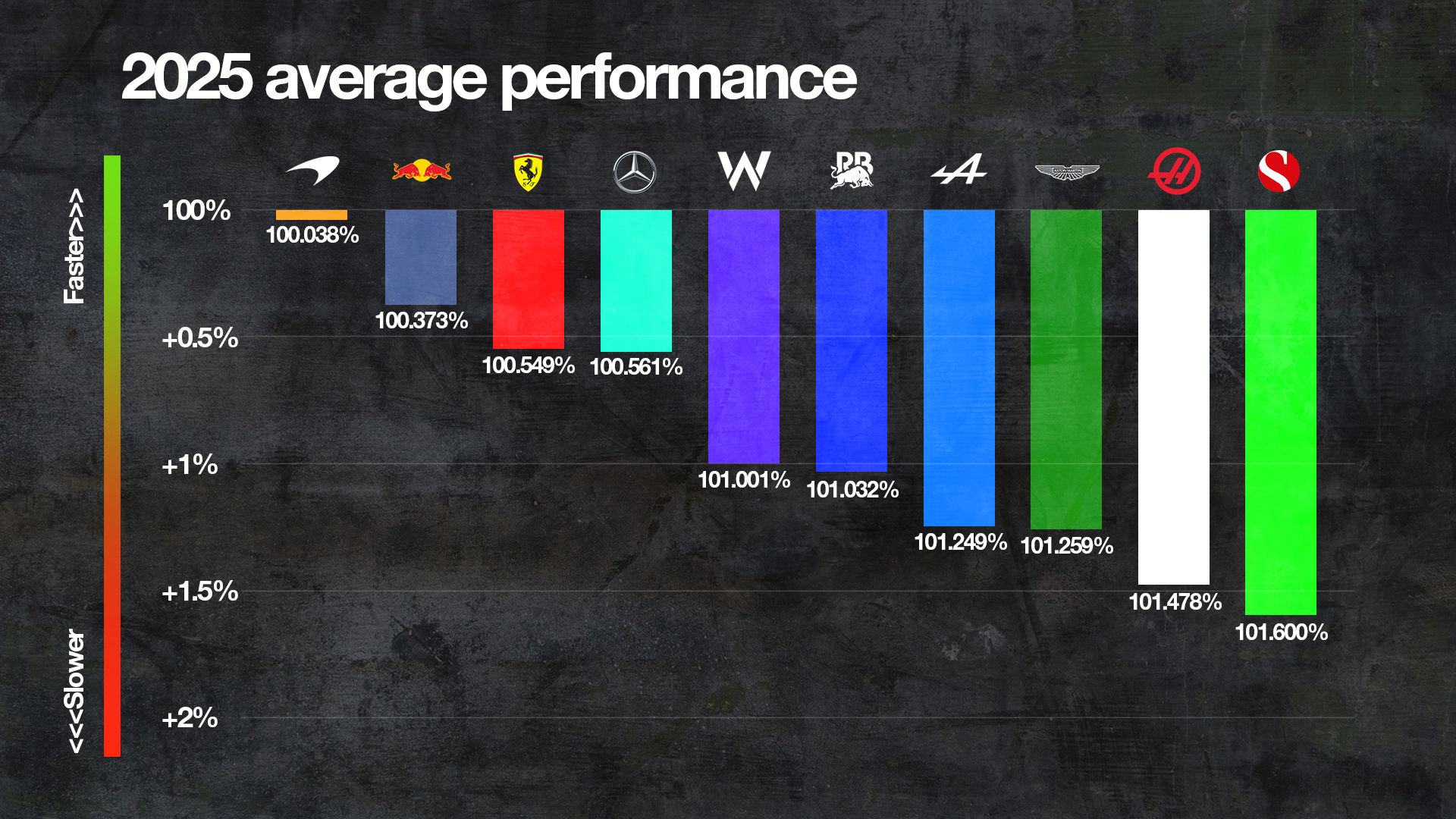
Since his arrival at Aston Martin last October, Cowell has shaken the tree quite a bit to change the way the team operates – and ram home some of these core philosophical approaches that worked so well during his time at Mercedes.
What has been hard to gauge, however, is the impact of the efforts that Cowell has made.
Like every other team, the 2025 campaign has been about compromises; and pitching how much effort to put into this year’s car without it hurting 2026 development.
It means, even if things have got better back at Aston Martin’s factory, they are not necessarily filtering through to the current car; which is also one that was designed under a completely different mindset.
“I guess it's such a frustrating year that we're doing this work, and we're developing a car for '26, but Melbourne ‘26 feels like it's a solar system away,” added Cowell.
“This is especially true when you're racing with a ‘25 car that's been developed a different way, plus we're just not putting any aero resource on it. So you race what you've got.”
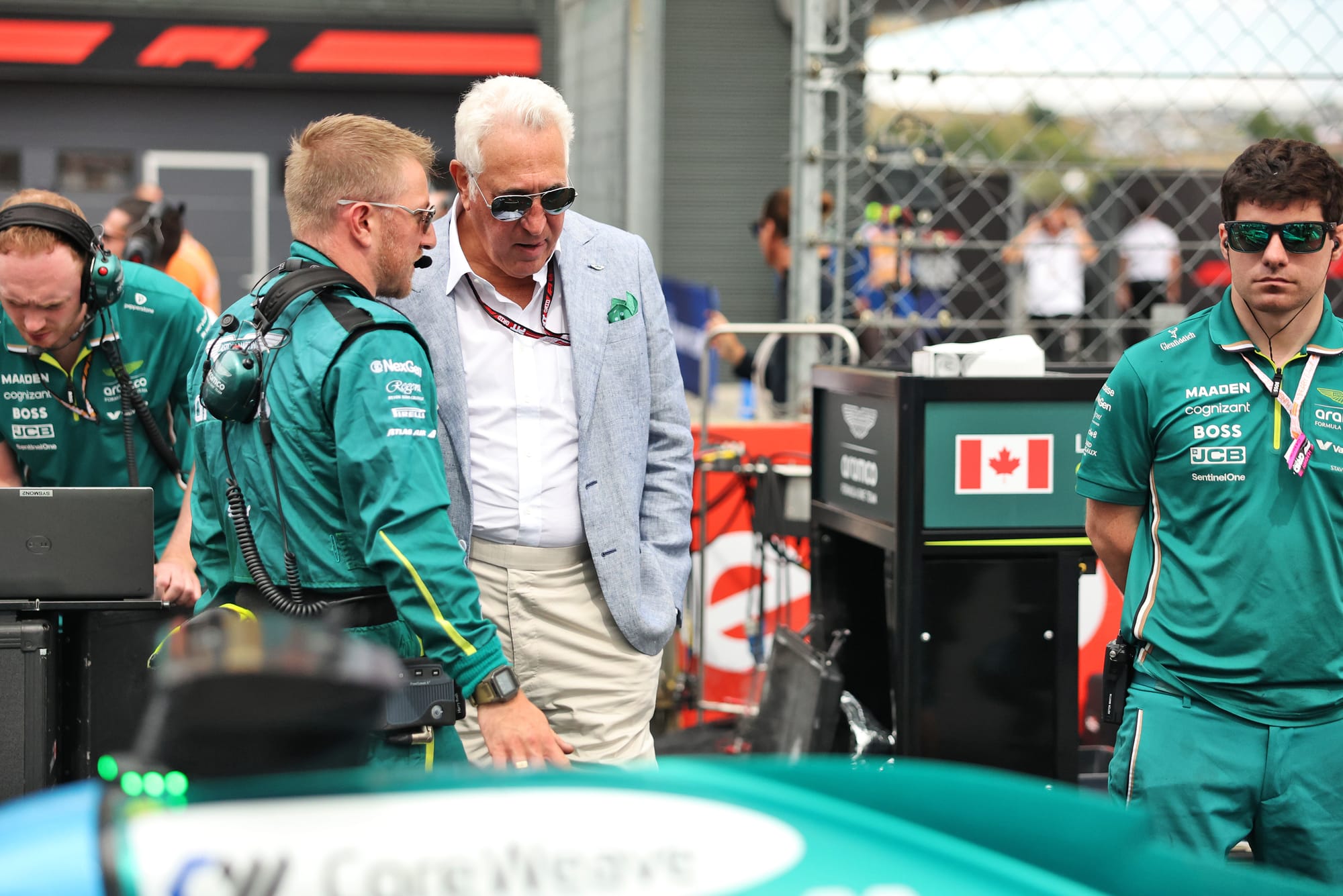
But behind the frustrations of a campaign where things do not appear to be delivering dramatically different results on track, Cowell says the reality of things changing at its Silverstone base is obvious.
“It is a different team,” he said. “We've got additional people, we've got a greater understanding of the equipment that we've got, and the tool set we have.
“We've got a mindset to be more rigorous, both in terms of accountabilities, to make it clear as to who does what, but also the engineering methods for doing an experiment to try and get a clean answer, and that's at the heart of any development innovation cycle.
“It is knowing exactly who's doing what, who's responsible for finding performance on the front wing, who's responsible for the rear wing, the middle, who's responsible for everything from seats to pedals to everything.
“You don't want it to be an army of people responsible for each part. You want it to be focused and clear, and then you want the methods to be really crisp.
“So how do we conclude here on site, with all the amazing kit we've got, that an idea really is going to make the car quicker?
“And then how do we check as we drop the car down onto the ground at the track and do the first lap, what are the checks that we're going to do and what's our confidence level along that whole journey? And who makes the call to say, yes, it's better or it's not?
“So it’s accountability from idea all the way to confirmation. We are just tightening that up, and we're trying to improve that journey. “
The chemical computer
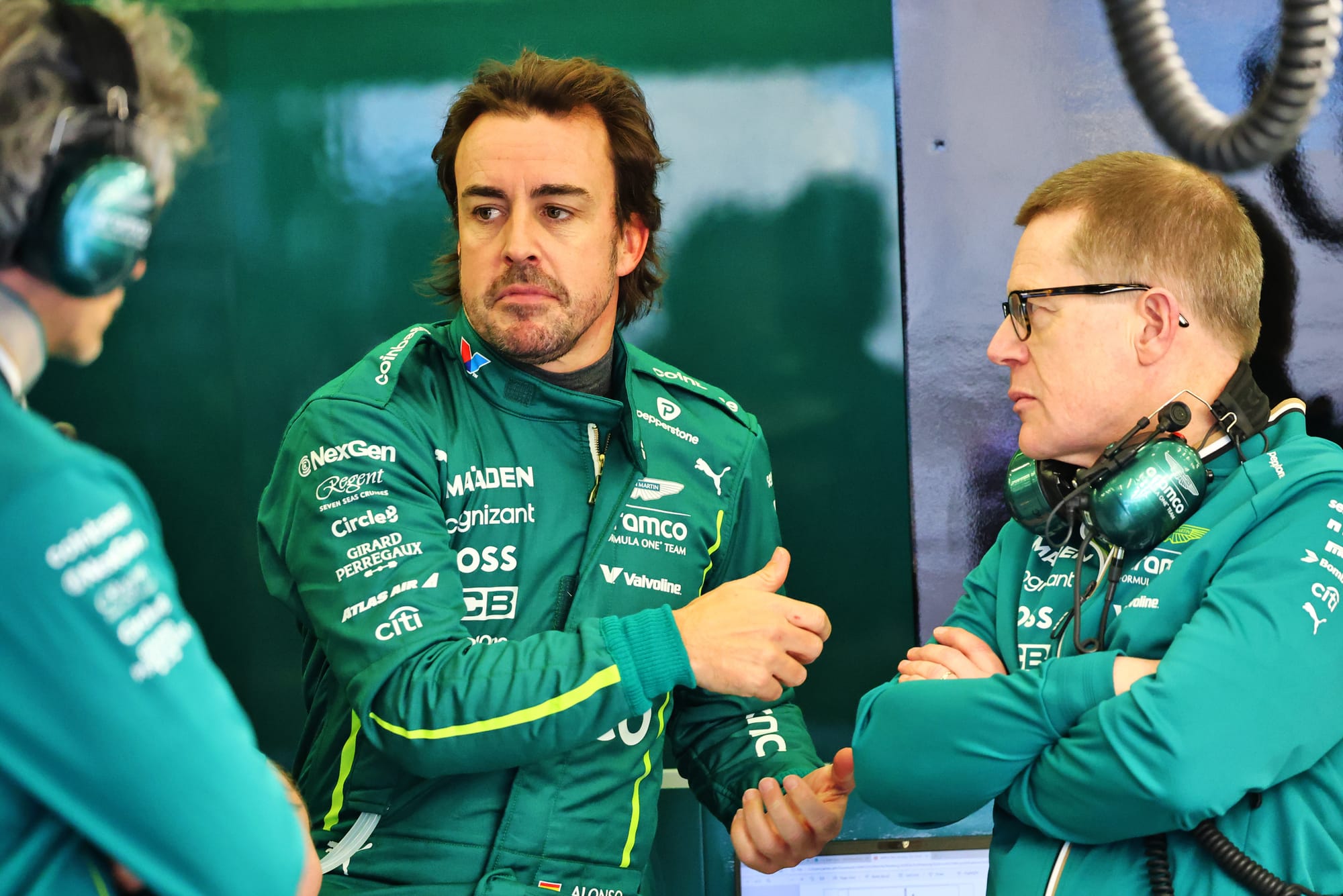
There is another aspect that Cowell says must be factored in too – and it is one that goes beyond cold engineering.
It is dealing with human emotions, which need keeping in check when things are going well, and lifting up amid the bad times.
“It’s painful having a triple header with no points and so on,” added Cowell. “But there's little point panicking.
“We are powered by a chemical computer, and the chemicals in that computer, when agitated, perform less well.
“So you've got to keep calm. You've got to look at areas to improve the process, improve the data, improve the handover of information, and make sure that it's a well thought out plan.
“Complex situations can be managed beautifully if you've thought about what you want to do in advance.”
Exam time is now
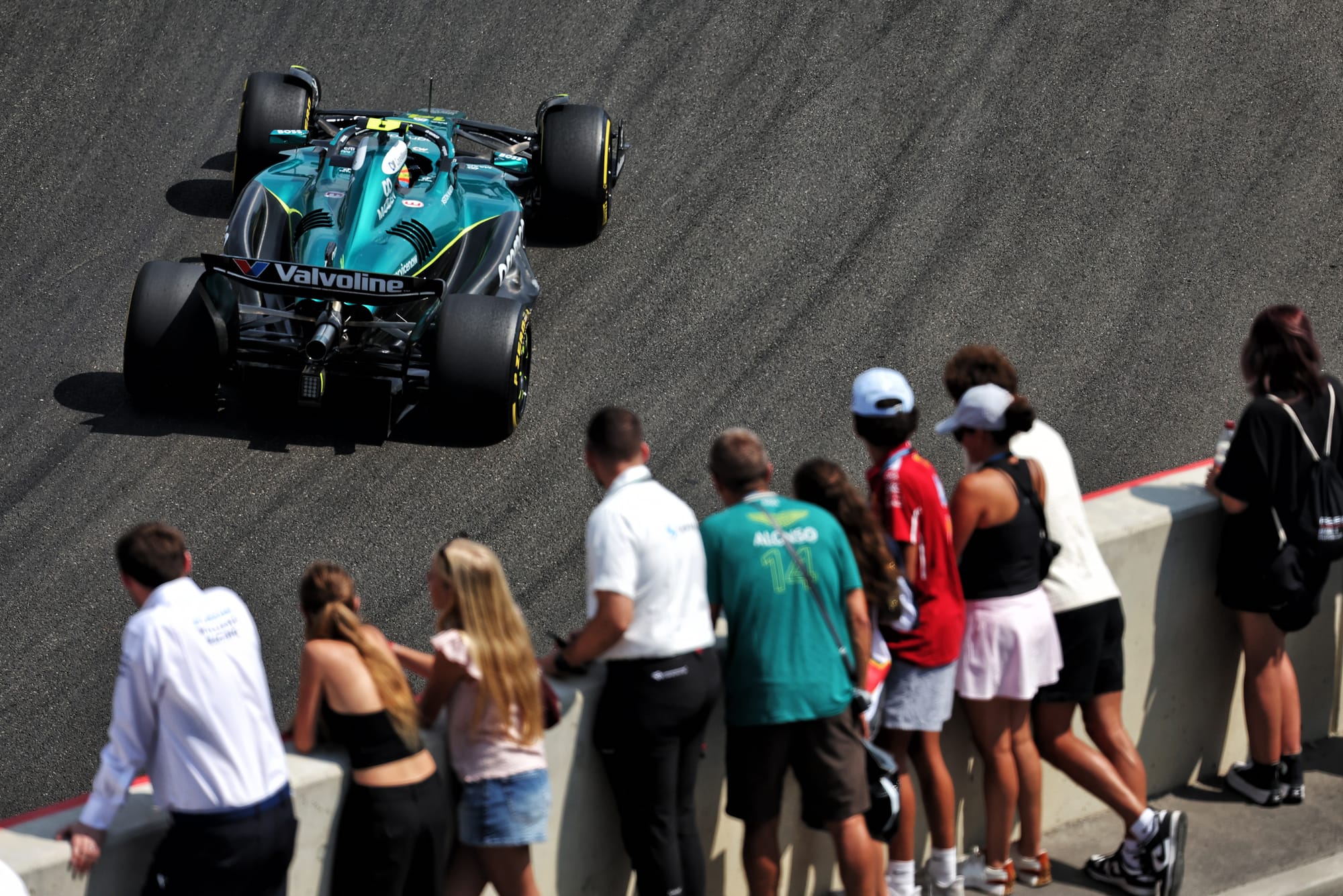
The unique scenario of teams prioritising efforts on designs that will not be seen until the start of next year does make it hard to judge how good a job anybody is doing right now.
But Cowell is clear that he does not want this to mean that Aston Martin can simply cruise into the start of the new rules era before pulling up its socks.
That is why he elected to skip the pre-summer-break Hungarian Grand Prix so he could get more involved back at base in that push towards 2026 – as he thinks these are the moments where the differences will be made.
“We should see every race weekend as getting our exam results but the thesis is being written right now in the factory,” explained Cowell of how he views things right now.
“The real race, the real innovation development race for Melbourne ’26, is happening in all the F1 factories right now.
“So the way that hundreds of engineers are chasing every system development plan, the more we can do every day now will pay off with the exam result that we get in Melbourne, and that we then get in China and Japan and so on.
“So it's trying to set tough targets. It's trying to drive progress in a determined way. And it's inspiring people to see that the race is here right now, and every bit of improvement that we do right now will pay off next year.”
Cowell says that he wants the team to be charged up like they would be if they had come off the back of a disaster of a weekend.
“If there's a crisis race weekend, then all engineering organizations from Sunday afternoon onwards go into a different mode - where everybody's going ‘we've really got to get this done’.”
“So it’s how do we set that level of enthusiasm and determination right now?
“I'm sure every single F1 team is trying to do this, but we want to set it where we can operate that way, 49 weeks of the year – because there are three when we shut down.
“We want that sort of level of hunger and enthusiasm and restlessness and determination, and a character where we will explore different avenues and we will be pioneers.”
It is also an approach where he does not want people to fear making mistakes.
“That might mean that for three weeks, you go off down an avenue of development, and you realise at the end, ‘well, no, actually, that isn't a rich seam to explore.’ So you come back, but you've learned that that isn't the route to go, and that often teaches you which route you should go.
“So it's pioneering. It’s, let's go do this, but with a level of intensity where we want to climb Everest without oxygen, but quicker than anybody else has ever done so.”





